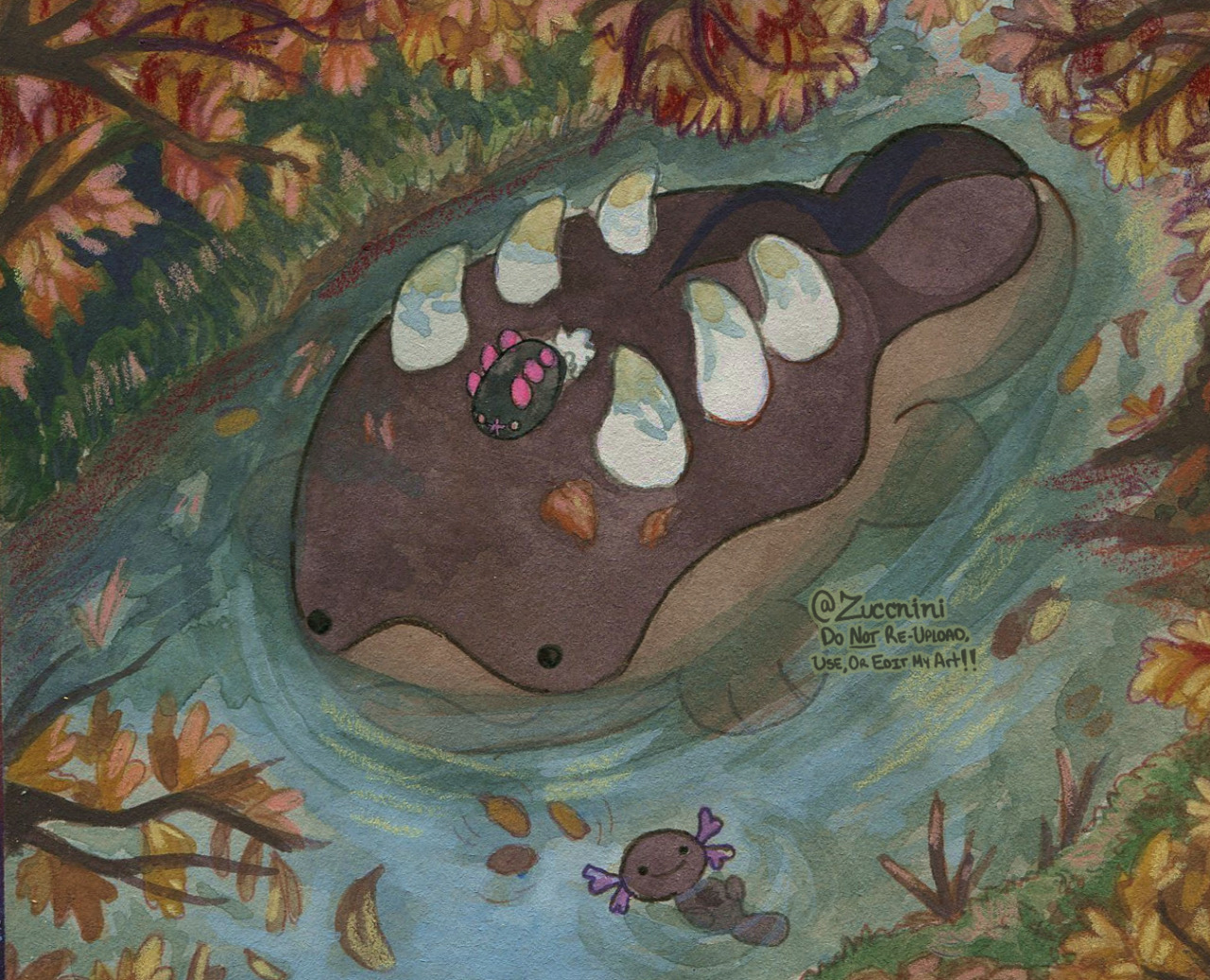- cross-posted to:
- indigenous@hexbear.net
- cross-posted to:
- indigenous@hexbear.net
cross-posted from: https://hexbear.net/post/3519681
“It was different because there wasn’t a lot of education [about] our people,” she said. “So I only learned my history through my family members.”
Years later, Tenasco is learning much more about her culture and her ancestors at a different kind of school — a federally-funded Indigenous archeological field school called Anishinabe Odjibikan.
The school brings together young members of the Algonquin communities of Kitigan Zibi in Quebec and Pikwakanagan in Ontario to dig up, clean and sort items used by their ancestors thousands of years ago.
Tenasco and her fellow Anishinabe Odjibikan participants learn how to document layers of earth and rocks, identify materials and determine if they’re local to the area, use surveyor’s tools and clean and reassemble pottery pieces found at a dig site.
Anishinabe Odjibikan is part of a growing trend in archaeology of involving the Indigenous peoples whose lands are being excavated — with the work either being led by Indigenous people, done collaboratively or carried out with their consent.
According to Cree/Métis archaeologist Paulette Steeves, the last century of archaeology has invalidated the pre-contact history of the Americas — and the people who lived there for thousands of years.

